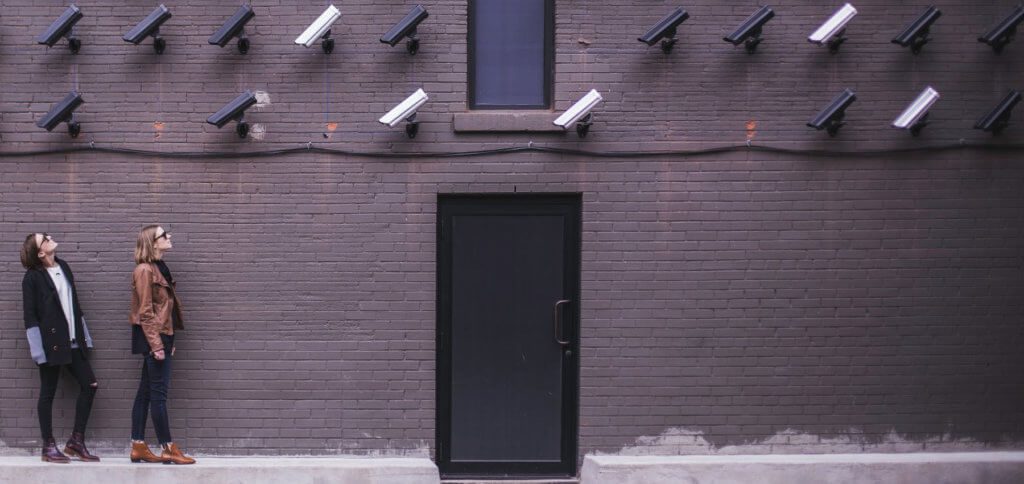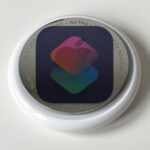You may have run into the terms “5 Eyes”, “9 Eyes” and “14 Eyes” when you have dealt with privacy or data protection. Perhaps your VPN provider also refers to one or the other term.
But what about the number of eyes and what are 5 eyes, 9 eyes or 14 eyes countries? I will answer these and other questions for you in this guide. So if data protection is important to you and you want to know in which alliances which governments exchange the data of their citizens, then please read on.

Chapter in this post:
- 1 story of the 5 eyes - two became five eyes
- 2 The secret service association is growing: first 9 eyes, then 14 eyes
- 3 Overview: Which countries belong to 5 Eyes, 9 Eyes and 14 Eyes?
- 4 The role of the Echelon monitoring program
- 5 Data on the Internet - More Potential for Global Surveillance
- 6 Why a VPN can / should be used against surveillance
- 7 Major VPN Providers: NordVPN, ExpressVPN, CyberGhost, etc.
- 8 Similar posts
History of the 5 Eyes - two became five eyes
The 5 Eyes, or "FVEY", is an alliance of five countries that started in 1946 as a union of two nations: USA and Great Britain. The agreement for the exchange of secret service data is as UKUSA agreement known (made up of UK and USA). After the US secret service NSA and the British GCHQ had started the primary data exchange, further, secondary partners from the British Commonwealth were added - Australia, Canada and New Zealand. So there were five states and thus five eyes that exchanged what they saw with one another; the "Five Eyes".
The secret service association is growing: first 9 eyes, then 14 eyes
After Two Eyes became the Five Eyes, more countries were added after a short time. Among other things, Germany joined the secret service federation with the BND in 1955. Germany is thus seen as a tertiary partner; as do France, Belgium, Sweden, Italy, Spain, Norway, Denmark and the Netherlands. In the meantime, the association consisted of nine states, i.e. Nine Eyes. With all the countries listed, there are now 14 states and secret services, i.e. Fourteen Eyes. But why the whole thing? Well, information used to be exchanged to advance a military reconnaissance of the Eastern Bloc. Today the Association to Combat International Terrorism is maintained.
Overview: Which countries belong to 5 Eyes, 9 Eyes and 14 Eyes?
In the following overview you will find the affiliation of the 14 countries to the individual alliances that have emerged over the period since the 1940s.
| 5 eyes countries | 9 eyes countries | 14 eyes countries | |
| USA | ✔︎ | ✔︎ | ✔︎ |
| United Kingdom | ✔︎ | ✔︎ | ✔︎ |
| Canada | ✔︎ | ✔︎ | ✔︎ |
| Australia | ✔︎ | ✔︎ | ✔︎ |
| New Zealand | ✔︎ | ✔︎ | ✔︎ |
| Norway | ✘ | ✔︎ | ✔︎ |
| Denmark | ✘ | ✔︎ | ✔︎ |
| Netherlands | ✘ | ✔︎ | ✔︎ |
| France | ✘ | ✔︎ | ✔︎ |
| Germany | ✘ | ✘ | ✔︎ |
| Italy | ✘ | ✘ | ✔︎ |
| Belgium | ✘ | ✘ | ✔︎ |
| Spain | ✘ | ✘ | ✔︎ |
| Sweden | ✘ | ✘ | ✔︎ |
The role of the Echelon monitoring program
Echelon is a spy network operated by the 5 Eyes, in which, in addition to NSA and GCHQ, the Canadian CSE, the Australian ASD and the New Zealand GCSB are also active. The aim of Echelon was and is to spy out, collate and evaluate private and commercial information. After the end of the Cold War, the project was and will continue; There were reports on this for the first time in Europe - and especially in Germany - in the 1990s. The retention of Echelon and the concentration on communication on the Internet were argued more and more from 2000 onwards; from 2001 onwards with the terrorist attacks of September 11th as the main argument. Further information is also available in the corresponding Wikipedia article and its sources.
Data on the Internet - More Potential for Global Surveillance
All countries use the Internet, mostly more freely, sometimes more restricted. Since the Internet has become one of the main means of communication with websites, online services, apps, VoIP telephony and so on, it makes sense for the 14 Eyes to monitor their population there too. After the terrorist attacks of September 11, 2001, there were of course new strategies, powers and oversight. This will continue into 2020, which is why you don't have to get paranoid right away, but maybe you could think about protective measures. As already mentioned at the beginning, VPN services are suitable for this. Because a VPN changes the IP, the location and thus the possibility of tracing. Or to put it another way: tracing becomes much more difficult or even impossible.
Why a VPN can / should be used against surveillance
The countries in the alliances 5 Eyes, 9 Eyes and 14 Eyes are globally active and carry out mass surveillance. So if a member state spies on its own citizens or learns information about other countries, they don't stay with one secret service. They tend to be shared with 13 other intelligence agencies. It is important to know that privacy and data protection laws are regularly circumvented. If you want to seal yourself off from this and from mass surveillance, you can do so with a VPN (Virtual Private Network), among other things. VPNs, to put it simply, redirect the data stream via various waypoints, which can then be identified on the intermediate routes, but do not reveal anything about the actual sender and recipient.
Major VPN providers: NordVPN, ExpressVPN, CyberGhost, etc.
There are different major providers of VPN services. The best way to find out which are the best VPNs is to compare your own requirements and the respective offers. Here in the blog I have already written about one or the other VPN service provider.
You are welcome to use the individual amounts and mentions to start your search for the best VPN for you. Usually they are not only available for maOS on the Apple Mac, but also for the Windows PC, iOS on the iPhone, iPadOS on the iPad and for Android:
Related Articles
Jens has been running the blog since 2012. He acts as Sir Apfelot for his readers and helps them with technical problems. In his spare time he rides electric unicycles, takes photos (preferably with the iPhone, of course), climbs around in the Hessian mountains or hikes with the family. His articles deal with Apple products, news from the world of drones or solutions to current bugs.









